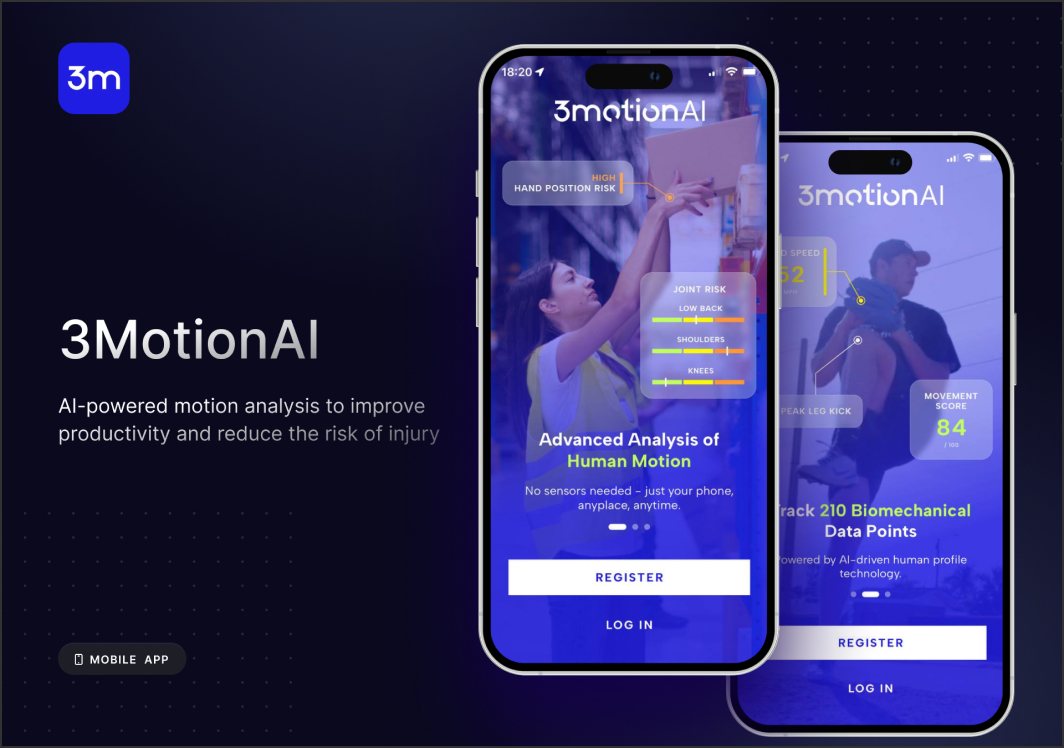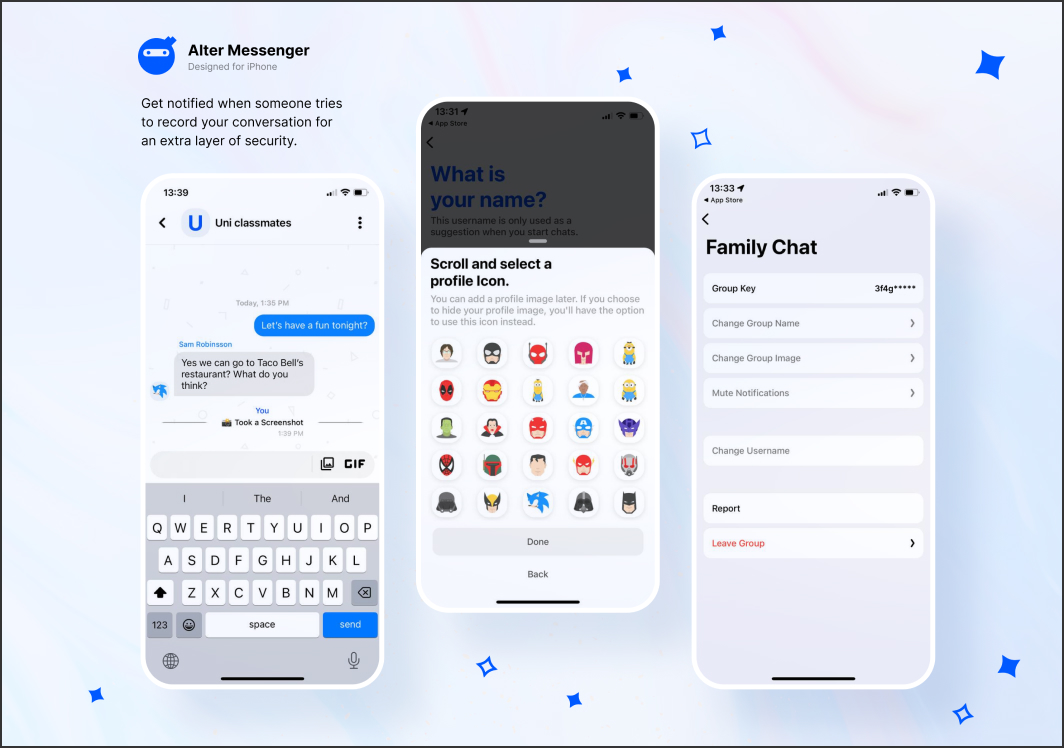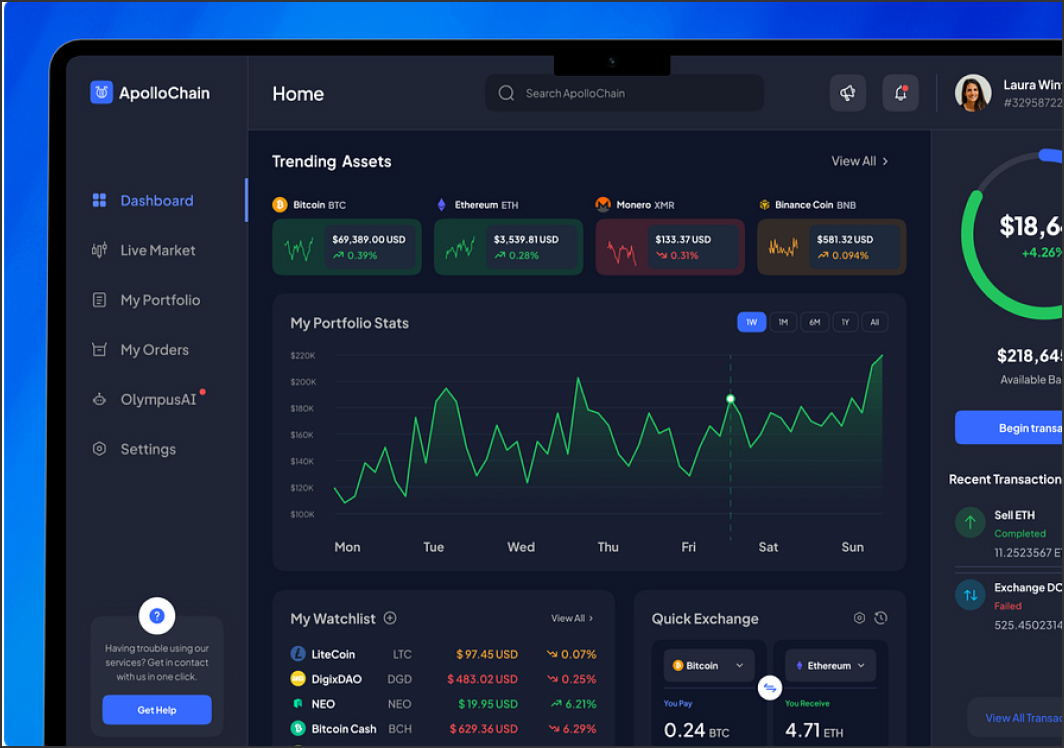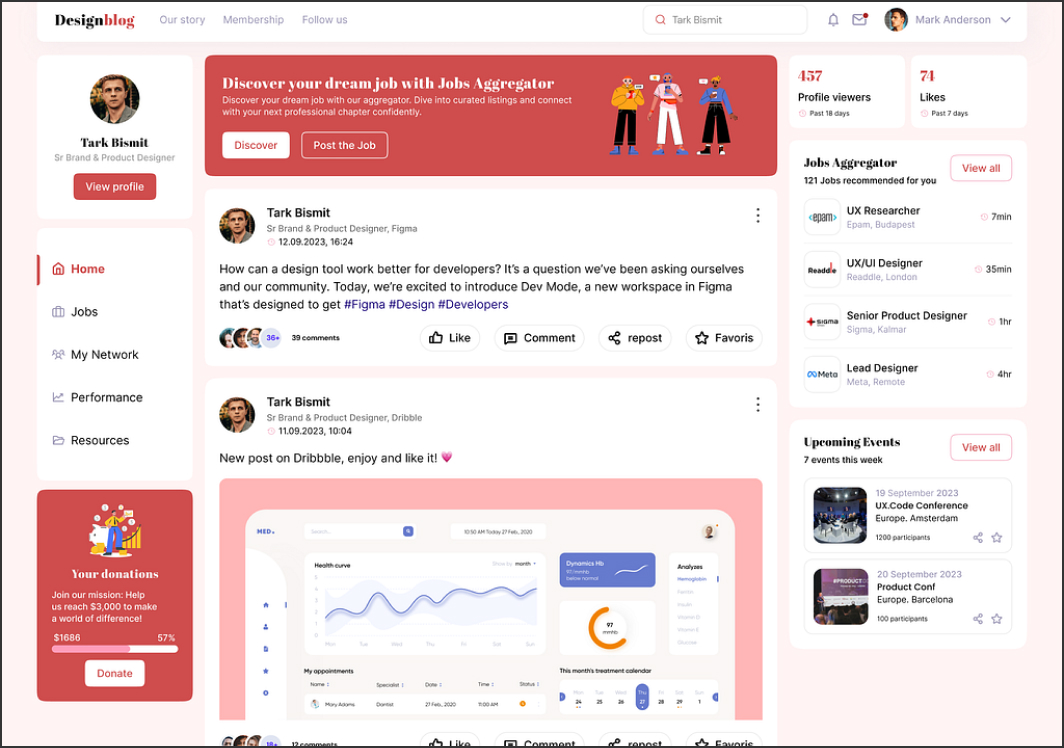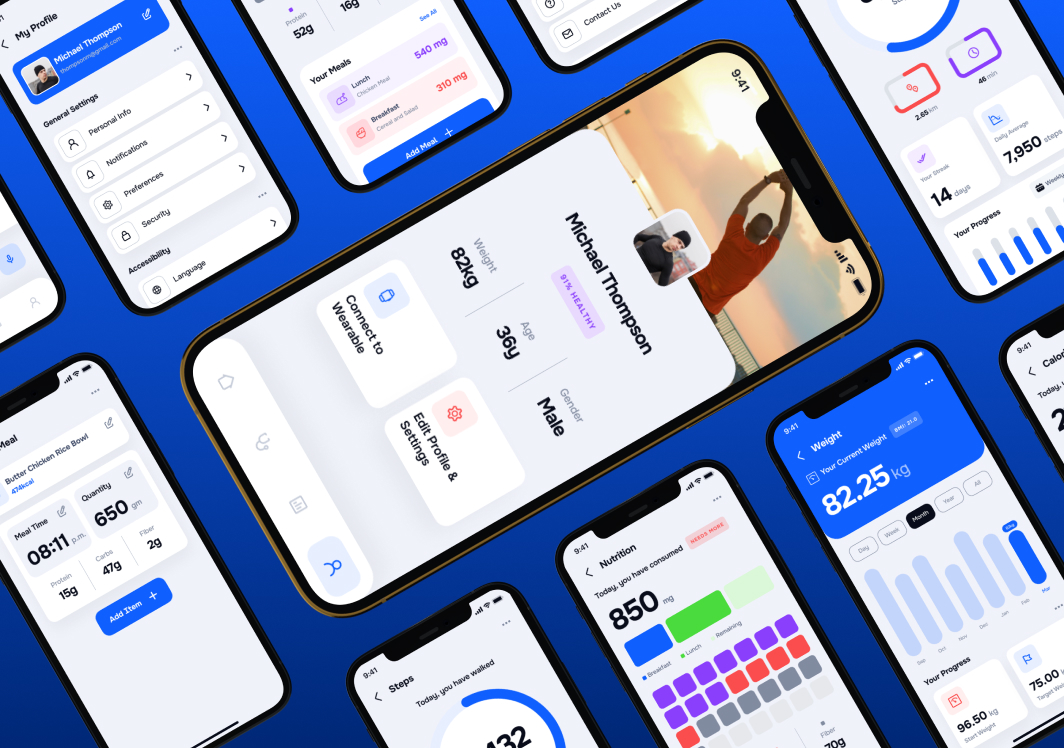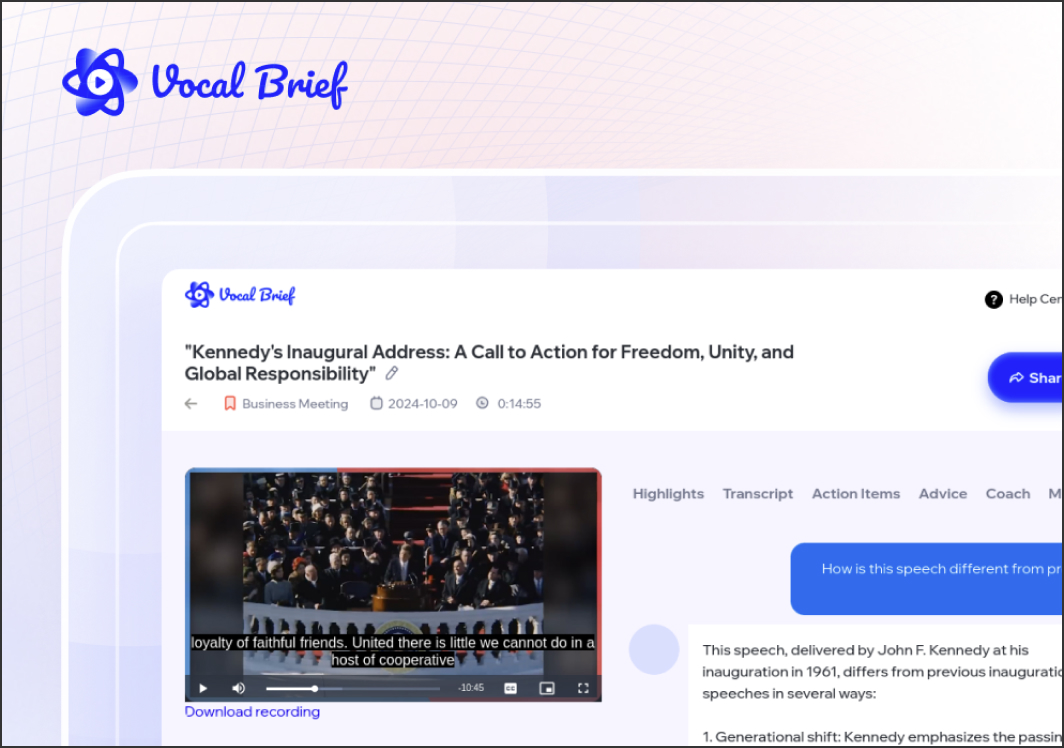A skilled Zapier developer turns repetitive, cross-app tasks into robust, auditable automations. Instead of fragile copy-paste workflows or ad-hoc scripts, you get maintainable zaps that connect CRM, finance, support, and analytics tools with clear business outcomes. This guide explains what to look for, where a Zapier specialist adds the most value, and how to run a lean, low-risk hiring process that ships impact fast.
Why Zapier
Business value
- Speed to value: Launch automations in days, not sprints.
- Breadth of apps: Thousands of connectors plus Webhooks by Zapier and API by Zapier for custom endpoints.
- Governance: Versioning, folders, access controls, and run history for auditability.
- Scalability: Multi-step Zaps, Paths, Looping, Code by Zapier, Storage, Tables, and Interfaces to handle edge cases.
Core Skills to Expect
Technical competencies
- Designing multi-step zaps with branching, looping, and retries.
- Building custom endpoints with API/Webhooks by Zapier; handling auth (OAuth, API keys), pagination, rate limits.
- Data transformation (JSON, CSV), regex, mapping, and validation.
- Error handling and alerting (catch hooks, fallback paths, Slack/Email/Teams notifications).
- Experience with Zapier Tables/Storage/Interfaces for lightweight apps and admin panels.
- Basic scripting (Code by Zapier, JS/Python) for non-standard logic.
Collaboration & product thinking
- Translating business rules into deterministic flows and measurable KPIs.
- Estimating operation usage/costs; proposing batching/caching strategies.
- Writing handover docs and runbooks for non-technical teams.
Typical Use Cases
- Lead-to-cash: Enrich leads, create deals, trigger invoices, update subscriptions.
- Customer support: Convert product events to tickets, route priority issues, post SLA alerts.
- Marketing ops: Sync lists, standardise UTM data, push campaign outcomes to dashboards.
- Finance & ops: Vendor onboarding, approvals in chat, reconciliations, scheduled exports.
- Product & data: Forward webhooks to warehouses, backfill records, trigger QA checks.
Engagement Models
Contractor vs. in-house
- Contractor: Ideal for audits, high-impact quick wins, and complex migrations; pay for outcomes.
- In-house: Ongoing roadmap ownership, governance, and continuous optimisation.
Hiring Process (Lean & High-Signal)
-
Define outcomes
- Example: “Reduce manual handoffs in support by 30% and cut first-response time by 20%.”
-
Screening checklist
- Portfolio with 3–5 zaps tied to KPI impact.
- Use of Paths/Looping, error handling, and secure secrets.
- Familiarity with your core stack (CRM, billing, helpdesk, analytics).
-
Practical test (4–6 hours cap)
- Build a baseline zap with branching, webhook input, and data validation; include a README with trade-offs and metrics.
-
Live review
- Pair on an extension (retry/backoff, deduplication, idempotency) and discuss monitoring/rollback.
-
Security & compliance review
- Access model, PII handling, logging, and retention policy.
Tooling & Best Practices
- Standardise naming, folders, and environment separation (sandbox → prod).
- Implement alerting on failures and latency; monitor task usage.
- Use Interfaces for safe end-user triggers and Tables/Storage for state.
- Document dependencies, rate limits, and rollback/playbooks.
Conclusion
The right Zapier developer blends no-code speed with engineering discipline: clear outcomes, resilient designs, explainable costs, and documentation your teams can run with. Start small, measure relentlessly, and expand only where the automation proves durable and valuable.
Page Updated: 2025-10-06



















